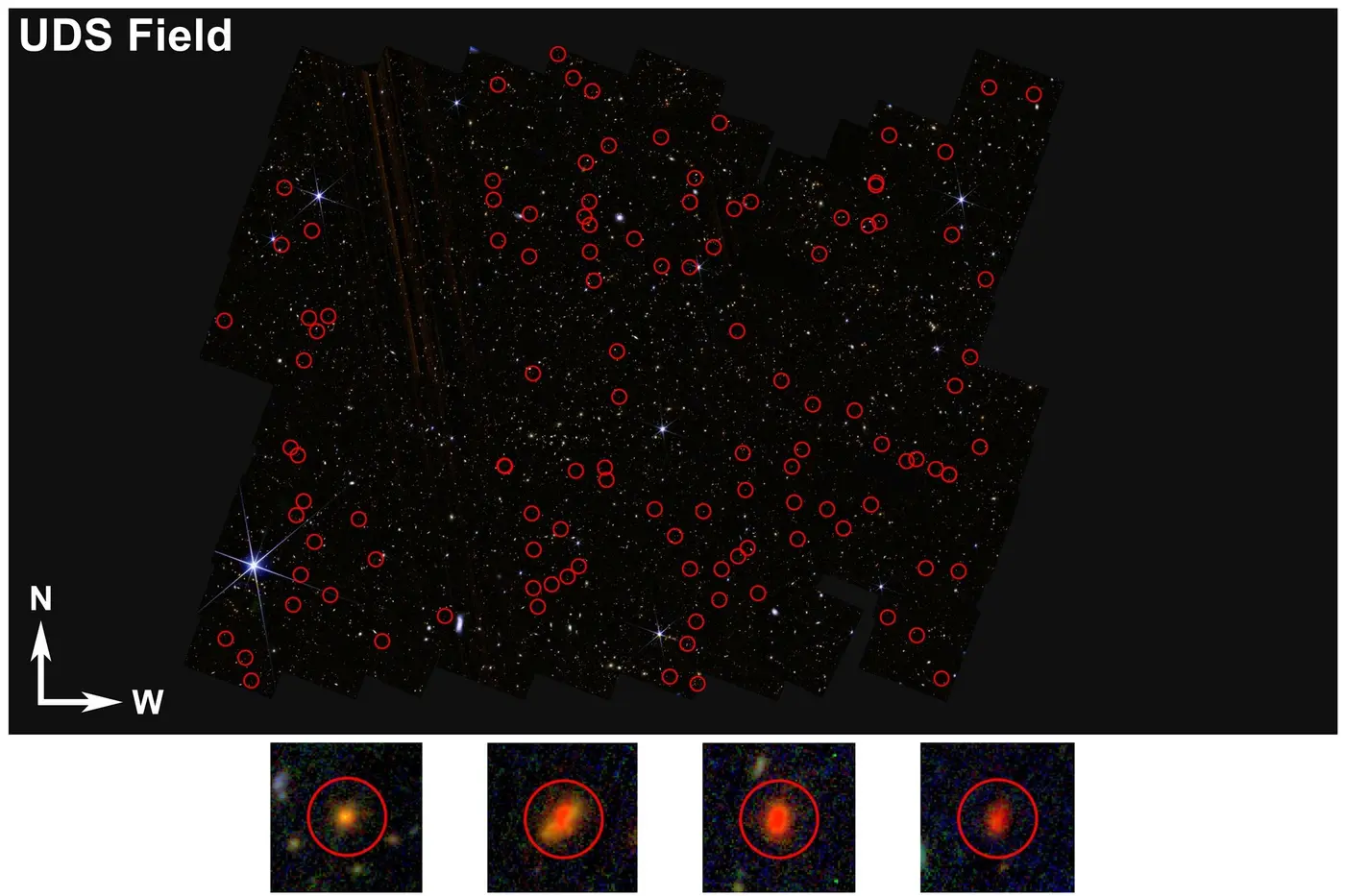T4K3.news
Midlife aging shift identified
A study links a midlife proteomic shift to faster aging across organs, starting with the aorta.

A new aging atlas points to a midlife inflection point where aging accelerates across the body, starting with the aorta.
Aging Speeds Up After Midlife This Study Signals
A Beijing-based team has identified a potential turning point in human aging. By analyzing thousands of proteins in 516 tissue samples from 76 donors aged 14 to 68, researchers built an aging atlas that covers seven physiological systems and 13 tissue types. They report that major proteomic changes cluster around midlife, with the heart and especially the aorta showing the strongest shifts. The work emphasizes that aging is not a uniform march but a series of rapid transitions that cascade through the body.
The study describes a so-called molecular cascade storm that reshapes the body’s protein networks and seems to synchronize changes in circulating plasma. The authors say the aorta acts as a command center, broadcasting aging signals that influence organs downstream. They note that the most dramatic protein changes occur around age 50, a finding that aligns with other work suggesting non-linear aging patterns. The research team says the atlas offers a dynamic view of aging and a potential path to earlier interventions and healthier longevity.
Key Takeaways
"Ages 45–55 are identified as a landmark inflection point."
Liu on the timing of the aging shift
"The aortic proteome is reshaped most dramatically."
Liu on the aorta as the aging trigger
"This research is about transforming medicine from a reactive, disease-focused model to a proactive, health-focused one."
Parulekar on the medical significance
"The human proteome and organ age clocks across the lifespan, a tour de force report."
Topol on the study’s scope
The piece reframes aging as bursts of change rather than a steady decline. If these findings hold up, funding could tilt toward proteomics and early diagnostics that target the midlife window. Yet there is a real risk of over-interpreting a cross-sectional snapshot from deceased donors as a universal rule for living people. Communication should stress limitations and the need for replication across diverse populations. The idea of the aorta as a central aging hub is intriguing but should be tested against longitudinal data and broader cohorts before translating to clinical advice.
Beyond science, the study raises questions about how soon society should act on aging information. Proactively mapped aging signals could shift screening and prevention timelines, but they also invite ethical and policy considerations about access, equity, and the pace of new therapies. In short, the aging atlas points us toward a future where biology guides prevention, not just treatment.
Highlights
- Ages 45–55 mark a clear inflection point for aging
- The aortic proteome reshapes the body's aging signals
- This study points toward proactive medicine over reactive care
- A proteome atlas across life changes how we view aging
Public reaction and misinterpretation risks around aging study
The findings could be misinterpreted as a simple switch in aging at midlife. Media communication should emphasize limitations and the need for ongoing research to avoid hype or premature medical claims.
Further studies will show whether these signals can be steered toward healthier aging.
Enjoyed this? Let your friends know!
Related News

Experts recommend dietary changes for midlife health

New research links fat distribution to health risks

Centenarians delay disease across lifespan

New MRI test predicts biological aging and health risks

Study reveals poverty's impact on women's memory decline

Study reveals health benefits of ageing

Sam Altman's Orb provides $42 for human verification

Louisiana airburst fuels debate over lost civilization
